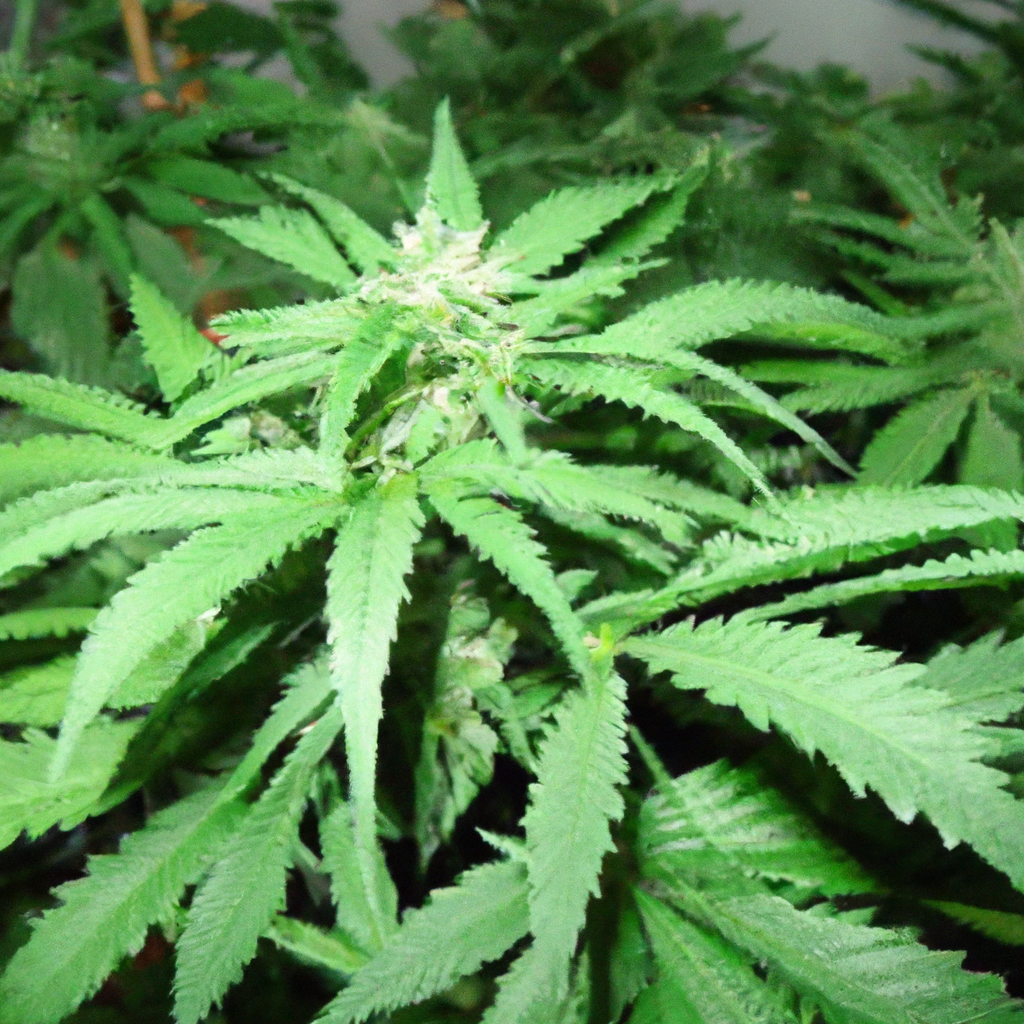Hello, fellow cultivators! I’m John “Magic” Greenleaf, and today, we’re diving into the world of companion planting and discovering how it can enhance your cannabis cultivation. Companion planting is a technique that involves growing certain plants together to boost health, yield, and resilience. Let’s explore the many benefits this can bring to your cannabis garden.
The Principles of Companion Planting
Companion planting relies on the symbiotic relationships between plants. When selected properly, neighboring plants can deter pests, enhance nutrient uptake, and even improve flavor profiles. Here’s how it works:
- Nutrient Enrichment: Some plants, like clover, fix nitrogen in the soil, benefiting neighboring cannabis plants.
- Pest Control: Lavender or marigolds can deter common cannabis pests organically.
- Pollination Enhancement: By attracting beneficial insects with flowers like zinnias, you improve the overall biodiversity of your grow.
Top Companion Plants for Cannabis
Let’s look at some ideal companions for cannabis that you might consider welcoming into your garden:
- Basil: Its strong scent repels pests and attracts beneficial insects, improving your garden’s ecosystem.
- Dill: Useful for attracting predatory insects that keep aphid populations in check.
- Aloe Vera: Its gel can be used to promote root health and prevent infections.
- Chamomile: Known for enhancing aroma while simultaneously attracting beneficial insects.
Practical Steps in Implementing Companion Planting
Ready to enhance your cannabis cultivation through companion planting? Follow these practical steps:
- Research: Study which companion plants best suit your environment and the specific needs of your cannabis strains.
- Planning: Create a layout plan that allows for enough space between cannabis plants and their companions.
- Integration: Begin planting your companions as seedlings to ensure they’re established by the time your cannabis takes off.
- Assessment: Regularly assess the interactions, keeping an eye on any changes in pest populations or plant health.
Conclusion
With careful planning, companion planting not only enhances the sustainability of your grow but also helps in reducing dependency on chemical inputs. Take a cue from nature—let your garden work for you!
Happy planting, and remember, “Healthy roots, healthy buds, happy harvests.”
Tags: Organic Cultivation, Outdoor Growing, Environmental Control, Sustainability


Leave a Reply